One of the things that make the Portuguese Camino way unique is that you can discover to countries before your arrival in Santiago de Compostela. With our organized routes through the Portuguese Way, departing from Porto, you will have the chance to savor two gastronomies where wine lovers would be particularly happy: the northwest of the Iberian Peninsula is a vineyards heaven.
Contents
Portugal and its Wines
Portugal and the Douro River
Along the Douro River in the North of Portugal, you can find the Douro Wine growing area, where red and white grapes fruit the Denominations of Origen known as: Douro and Porto.
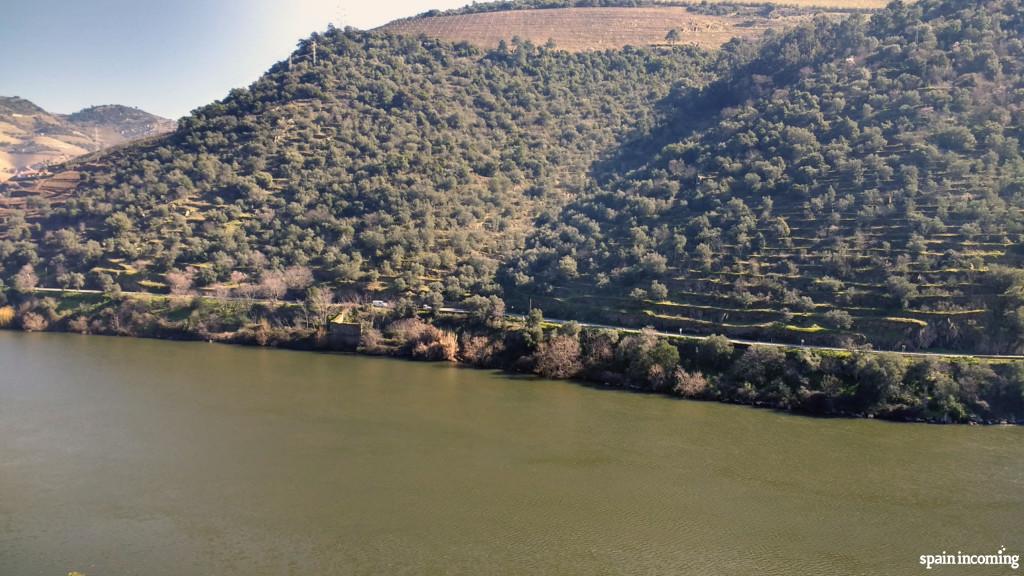
Vineyards and Douro River
Denomination of Origen of Wine Alto Douro
The Alto Douro wine growing area was the first region in obtaining the exclusive distinctive of Denomination of Origen in 1756 and was declared a UNESCO World Heritage in 2001 for its scenic value.
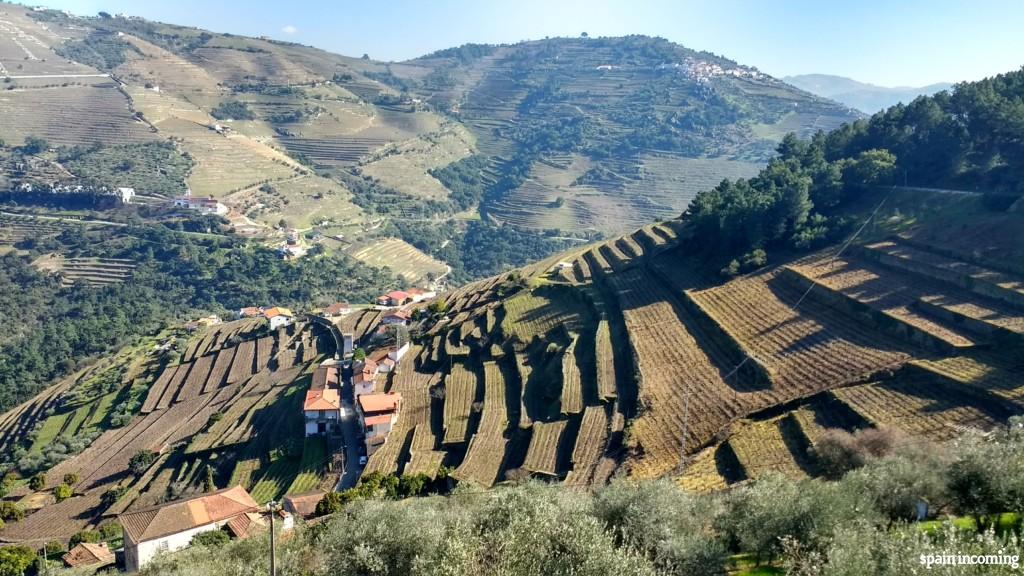
Douro Vinhateiro Landscape – UNESCO World Heritage
Without any doubt, the Alto Douro is an amazing spot worth a visit when walking the Portuguese Camino de Santiago.
Denomination of Origen of Wine Porto
In the same region, we can find the production of the Famous Port Wine.
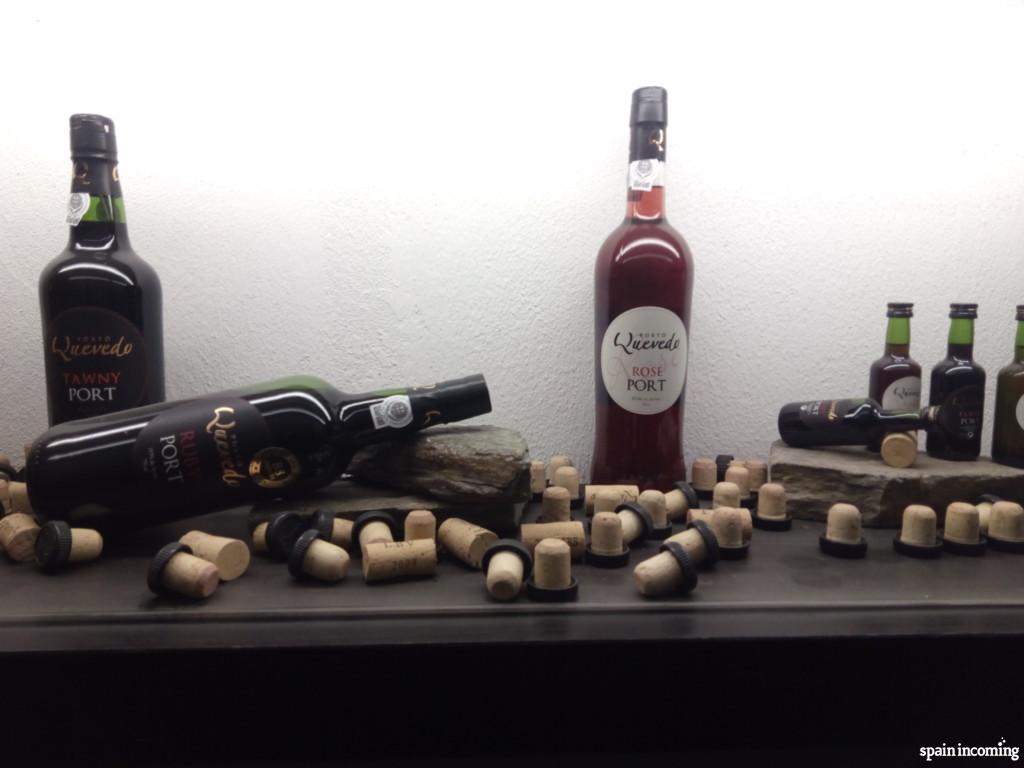
Port Wine
The Port Wine or Port is one of the most famous fortified wines. The Port wine production started for the high need of a wine that could resist high temperatures and the transportation through the river and ocean back in the XVII century.
Firewater mixed with the wine makes a wine with a high alcoholic percentage that is normally served as an appetizer or as a cheese or desert wine. The Port Wines have different types and categories:
- Ruby: a red Porto that is stored in steel or cement tanks
- Tawny: a Porto aged for at least two years in oak barrels
- White or Red Porto
- Medium dry, extra dry, sweet or extra sweet
Portugal and the Miño River
From the mentioned wine area of Douro to the banks of the Miño River (which defines the frontier between Galicia –Spain and Portugal) the Vinho Verde with Denomination of Origen of Wine since 1994 is cultivated. It is a sourer white grape than the Douro Wine that makes a young and less aged wine.
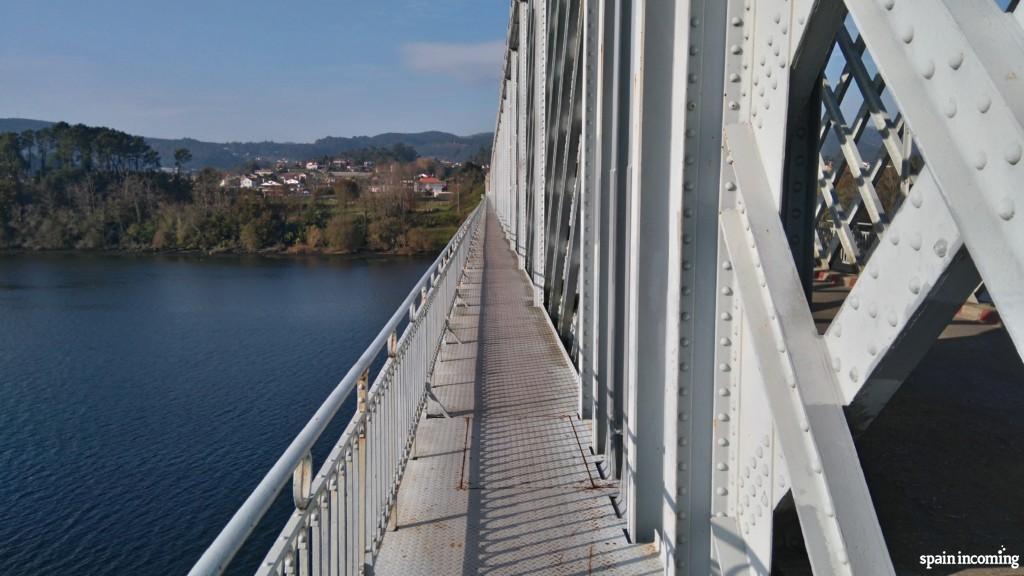
International Brigde – Portugal -Galicia
The Portuguese Way through Galicia and the Rías Baixas
The Portuguese Way offers two detours one through the inland or the coast. Choosing the inland tour means that you will cross the frontier through Viana do Castelo, famous for its well-preserved fortress. Your first village in Galicia would be Tui in the Pontevedra Province. On the other hand, choosing the Coast tour will mean that you will cross the frontier by ferry, such an experience that will take you from Caminha in Portugal to A Guarda in Pontevedra, Spain.
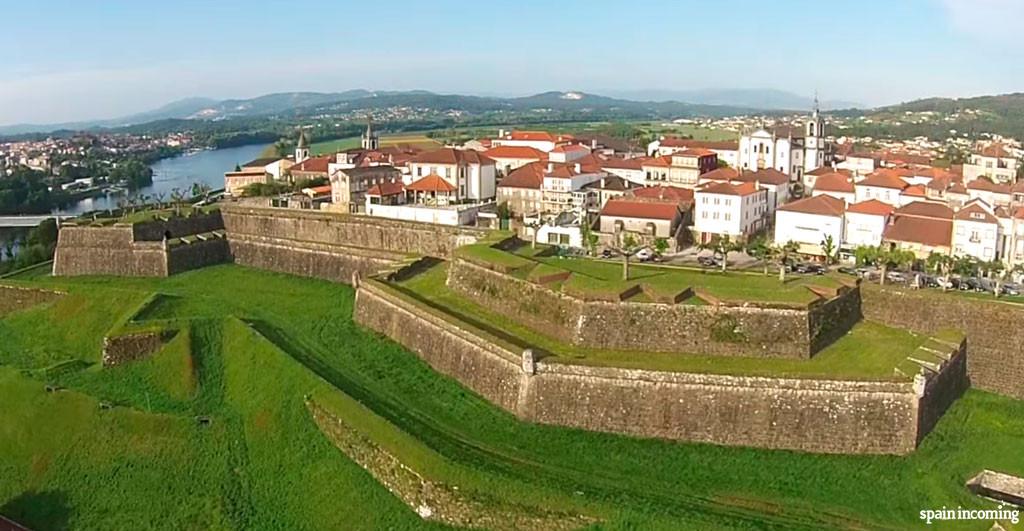
Valença do Minho and its Fortress
Both entries will take you to the cradle of the Denomination of Origen Rias Baixas wine. A stunning landscape full of green vineyards mixed with the Atlantic Ocean. It will call your attention the way grapes grow through the system “emparrado” a curious growing method that allows bunches to grown far from the soil so they avoid the extra humidity that comes from the Atlantic Ocean.
Denomination of Origen of Wine Rías Baixas
The Denomination of Origen of Wine Rías Baixas was recognized in 1998 and both red and white grapes grown. They distinguish five sub areas:
- Rosal
- Tea
- Salnés
- Soutomaior
- Ulla
The growing of white grapes predominates, being the 100% albariño, the variety with more production.
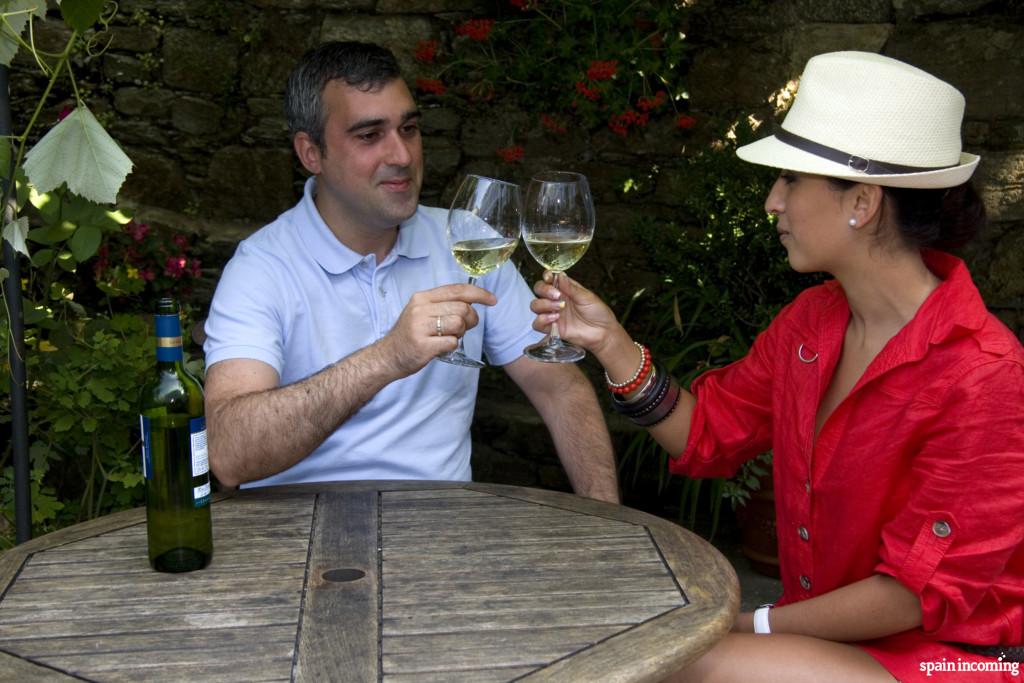
Albariño Wine tasting
When choosing this Camino de Santiago , you can decide when it is better for you however; autumn, spring and summer are the moments when the vineyards shine in all their glory. The grapes’ harvest is normally between September and October, a super alive time to visit the area where all the activities around the wine come to live.
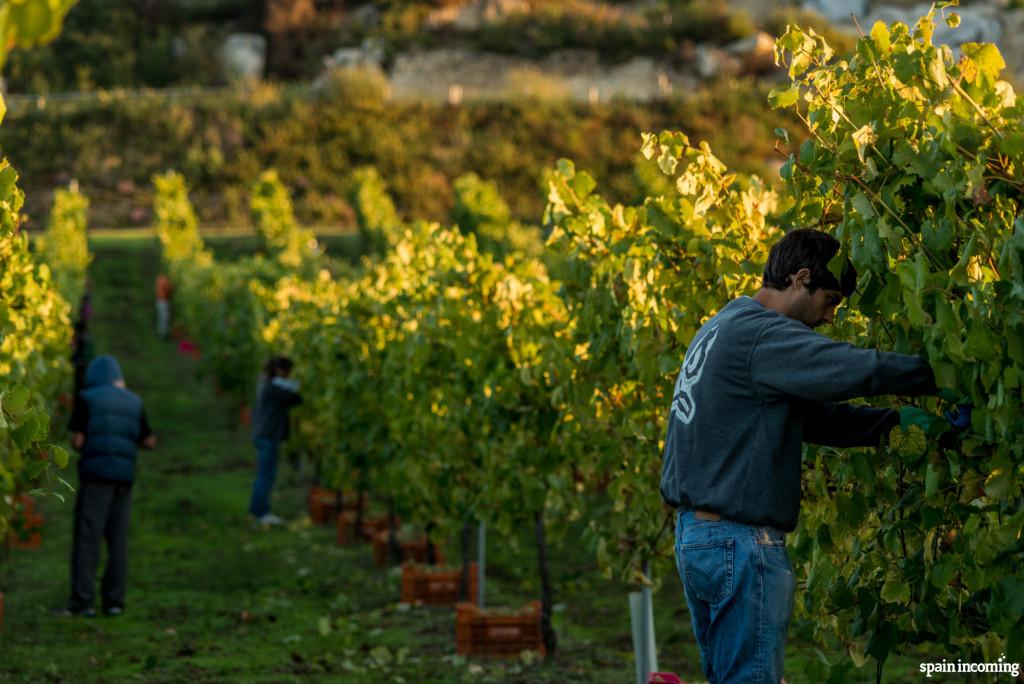
Grape harvest
What it true is any of the sections of the Portuguese Way from Porto to Santiago will allow you to enjoy delicious wines.
White, red, sweet, sour, for dessert or appetizer… you will only have to choose the one that suits your palate.

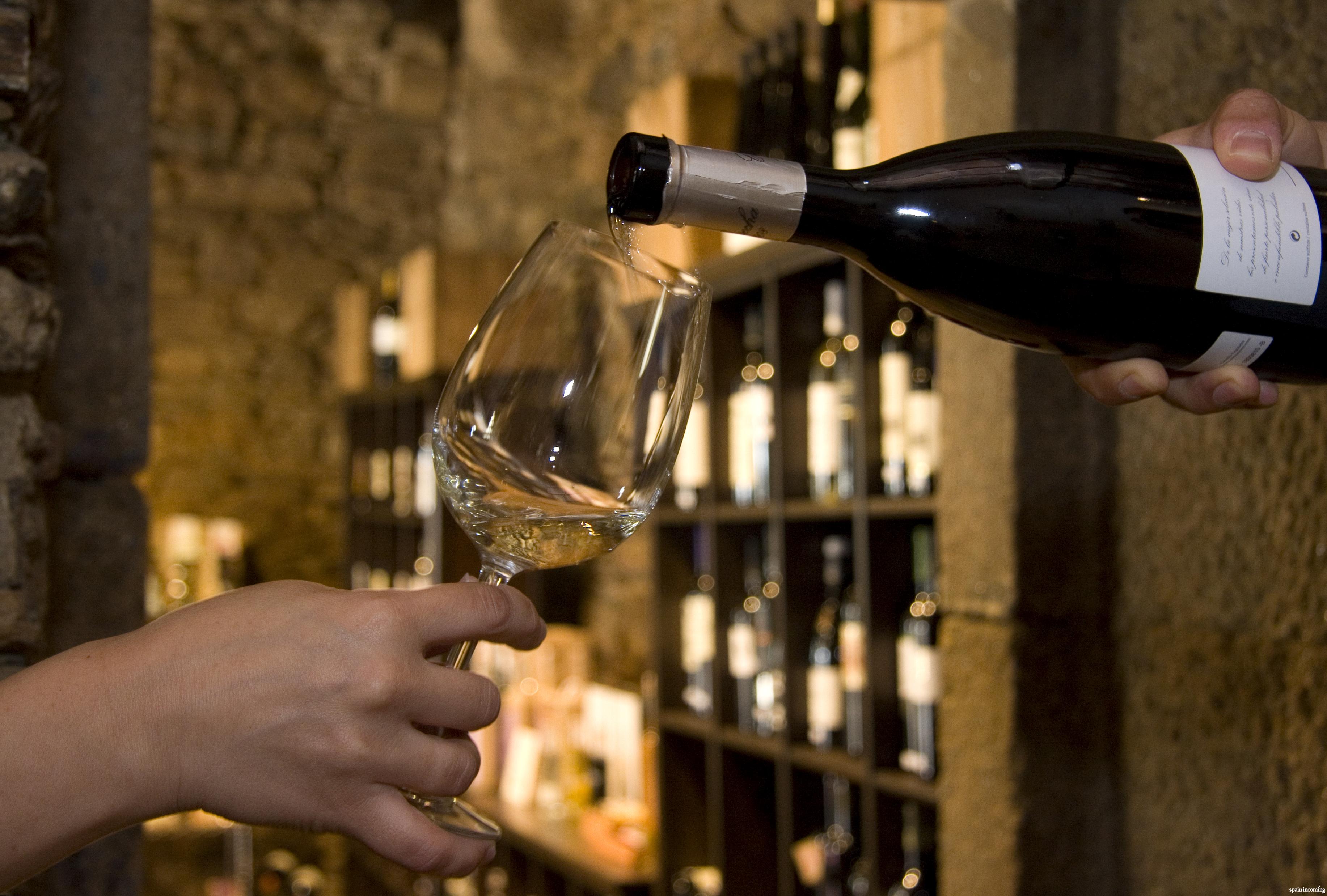
Leave A Comment